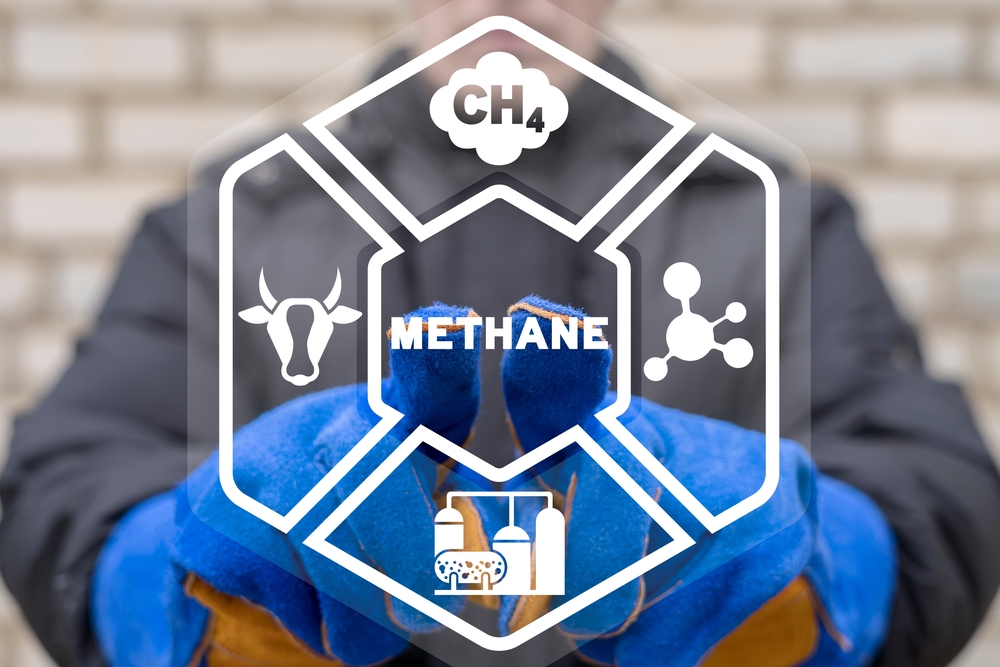An analysis conducted by Enverus Intelligence Research (EIR), a subsidiary of the energy-focused software-as-a-service firm Enverus, predicts that proposed changes to Subpart W of the Greenhouse Gas (GHG) Reporting Program “would more than double 2021 reported methane and increase overall carbon dioxide-equivalent emissions by 41%,” an EIR news release states.
Purpose of the revisions
The proposed revisions are expected to improve the accuracy of reported emissions of GHGs, including methane from applicable petroleum and natural gas facilities, consistent with the Methane Emissions Reduction Program under the Inflation Reduction Act (IRA).
One of the goals of the revisions is to address gaps in the total methane emissions reported by facilities by adding several new covered sources such as “other large release events,” which would capture abnormal methane emissions events that aren’t fully accounted for using existing methods.
“The amendments would also add new or revise existing calculation methodologies to improve the accuracy of reported emissions data for methane and other [GHGs] and incorporate additional empirical data; include the use of new technologies such as remote sensing for quantifying emissions from other large release events; and collect data at a more granular level to improve verification and transparency of the data collected,” according to an Agency news release. “In addition, EPA is proposing determinations to establish whether data submitted to the Agency under the proposed revisions would be entitled to confidential treatment.”
Section 60113 of the IRA amends the Clean Air Act (CAA) and directs the EPA to impose and collect a charge on methane emissions that exceed certain waste emissions thresholds.
Subpart W sources
The GHG Reporting Program requires reporting of GHG data and other relevant information from large GHG emissions sources, fuel and industrial gas suppliers, and carbon dioxide (CO2) injection sites in the United States. Approximately 8,000 facilities are required to report their emissions annually, and the reported data is made available to the public in October of each year.
Under Subpart W of the GHG Reporting Program, owners or operators of facilities that contain petroleum and natural gas systems and emit 25,000 metric tons or more of GHGs per year (expressed as carbon dioxide equivalents) report GHG data to the EPA. Owners or operators collect GHG data; calculate GHG emissions; and follow the specified procedures for quality assurance, missing data, recordkeeping, and reporting. Subpart W consists of emissions sources in 10 segments of the petroleum and natural gas industry:
- Offshore petroleum and natural gas production
- Onshore petroleum and natural gas production
- Onshore natural gas processing
- Onshore natural gas transmission compression
- Underground natural gas storage
- Liquefied natural gas (LNG) storage
- LNG import and export equipment
- Natural gas distribution
- Onshore petroleum and natural gas gathering and boosting
- Onshore natural gas transmission pipeline
Analysis
“Our analysis looked at the 2021 reported data, the most recent available, and we read the proposed new rules – all 600 pages, and we took the raw data and calculated emissions according to the new rules,” said John Gutentag, product owner with Enverus Intelligence, according to the Midland Reporter-Telegram.
The Enverus study doesn’t account for current steps in progress by operators to reduce and eliminate emissions.
“Right now,” Gutentag added in the Reporter-Telegram, “operators are investing in retrofitting pneumatic controllers and implementing robust leak detection and repair programs.”
The EIR analysis sees four categories driving the increase in reported methane:
- Super-emitter events
- Higher emissions factors for equipment leaks
- Updates to combustion slip from engines
- Lowered flaring efficiencies
These sources are expected to contribute “an additional 2.3 million metric tonnes (Mt),” states the EIR news release. “Total reported methane emissions in 2021 amounted to 1.9 Mt.”
The public comment period on the proposed rule ended October 2, 2023. A final rule is expected to be issued by August 16, 2024, with the changed rules becoming effective for the 2025 reporting year, which are due March 31, 2026.
“This is an intricate rule change that could increase exposure to the methane fee included in the Inflation Reduction Act that kicks in next year,” Gutentag added in the Reporter-Telegram.
“While that fee could have a significant impact on smaller operators with shallower pockets, Gutentag said there is $1.55 billion set aside under the IRA – the Methane Emission Reduction Program – to help operators reduce emissions, report their emissions and for technical outreach. Half of that funding targets smaller producers, he said.”
According to the EIR, the proposed rules “could expose more than half of upstream assets and all gathering assets to the IRA’s future methane tax, disproportionately impacting lower-producing, higher-emitting assets that may be forced to shut in production when faced with higher taxes and monitoring costs.”

